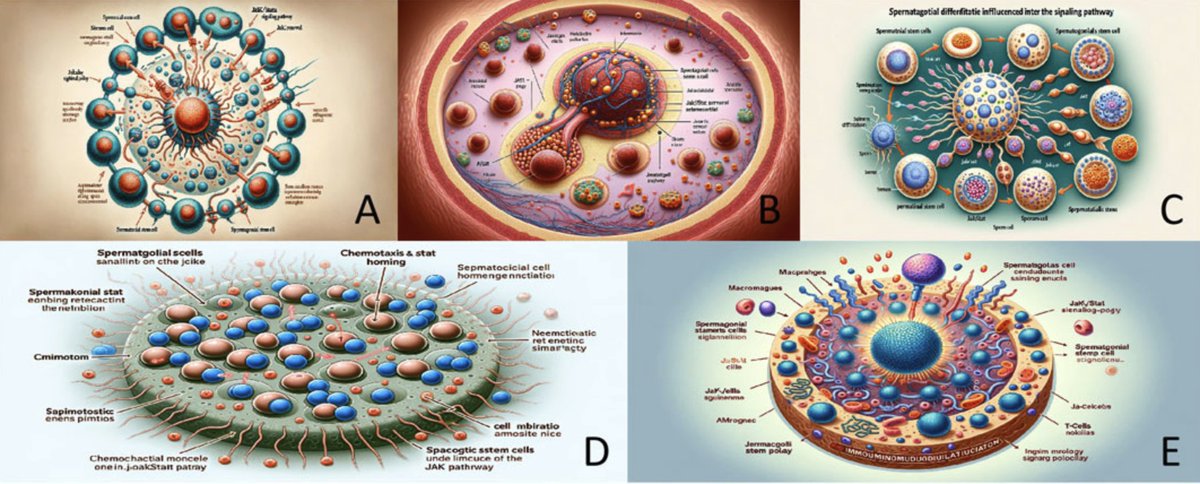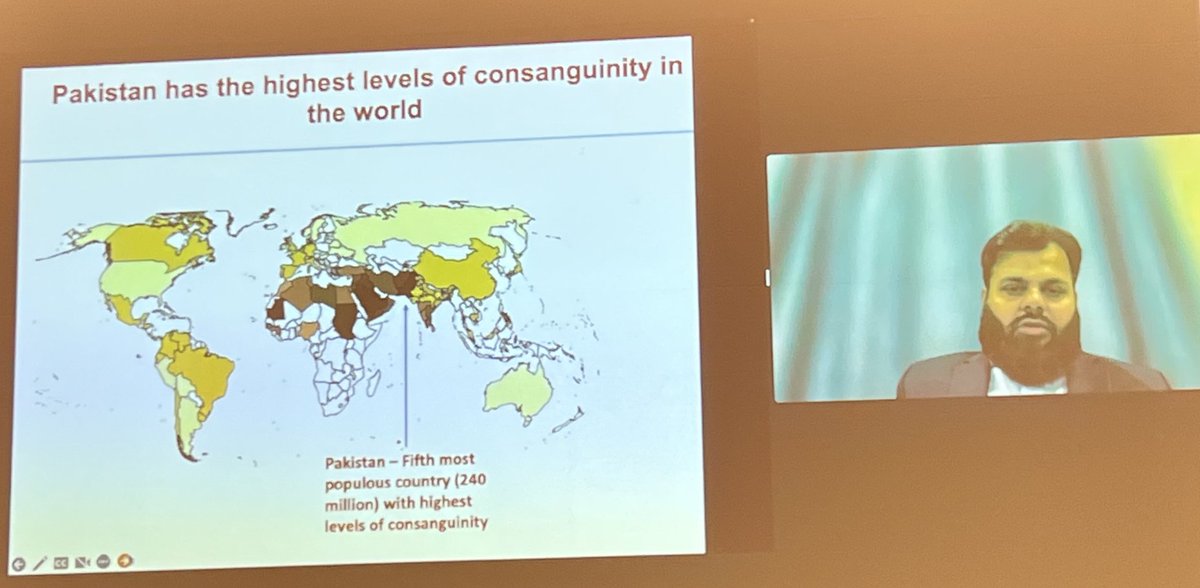
🇮🇳 MBBS, MD, 🇩🇰 PhD | 🧬 Scientist @ 🇺🇸 Regeneron | Translating genetic insights into life-saving medicines | thoughts @ https://t.co/dTItNQy2BX
How to get URL link on X (Twitter) App


https://twitter.com/DrCJ_Houldcroft/status/1758111493181108363


 @MicrobiomDigest You might like this 😅
@MicrobiomDigest You might like this 😅

 This locus has been previously linked to Alzheimer's and Parkinson's via SNP-based GWASs. While the Alzheimer's SNP effect sizes at this locus were concordant with LBD effect sizes, the Parkinson's weren't. It's possible this deletion is the causal variant.
This locus has been previously linked to Alzheimer's and Parkinson's via SNP-based GWASs. While the Alzheimer's SNP effect sizes at this locus were concordant with LBD effect sizes, the Parkinson's weren't. It's possible this deletion is the causal variant. 

https://twitter.com/doctorveera/status/1631386418126659602While MC1R locus did not reach genome-wide significance, a gene-based test using only non-synonymous variants showed a significant association between MC1R and NEB with the effect in women > men.

https://twitter.com/ewanbirney/status/1628340273594961920?s=201. Association of complement factor H with AMD was discovered with mere 96 cases and 50 controls. Today many drug pipelines are in development based on this discovery.



 In the rare variant analysis, the authors discovered three beautiful associations where pLOF burden results in big changes in cellular morphology.
In the rare variant analysis, the authors discovered three beautiful associations where pLOF burden results in big changes in cellular morphology. 


 The FTO locus is entirely driven by the BMI of the participants. The locus disappears after adjusting for BMI. Similar to how the CHRNA5 locus in the GWAS of lung cancer is entirely driven by smokers.
The FTO locus is entirely driven by the BMI of the participants. The locus disappears after adjusting for BMI. Similar to how the CHRNA5 locus in the GWAS of lung cancer is entirely driven by smokers. https://twitter.com/doctorveera/status/1554830916257689605?s=20&t=EFOYVoIXeRK_rxdIM1SkPg
https://twitter.com/jakphd/status/1582804268385697797?s=20&t=-ZcWij59QIrpSxr3KZBKew

 Thirty years later, now scientists have encountered the first human patient who is a near phenocopy of the agouti mice--a girl with red hair, hyperphagia, extreme obesity, tall stature, severe hyperinsulinemia and hepatic steatosis.
Thirty years later, now scientists have encountered the first human patient who is a near phenocopy of the agouti mice--a girl with red hair, hyperphagia, extreme obesity, tall stature, severe hyperinsulinemia and hepatic steatosis.https://twitter.com/AntjeKorner/status/1604946559258398721?s=20&t=qnpZMCQsDrRyn_rSmv0y8w


https://twitter.com/doctorveera/status/1586021752307695616?s=20&t=yyRkvOwSlz0K67QYTEbo-QIndia is one of the most diverse country in the world with 22 official spoken languages, ~3000 castes, 25,000 sub castes and a population size of 1.4 billion. And yet India is one of the most underrepresented countries in the genetic studies.

 Starting with around 10k individuals sequenced in 2017, now the cohort comprise of around 200k individuals recruited, of which 80,000 were exome sequenced. Goal is to sequence 1 Million.
Starting with around 10k individuals sequenced in 2017, now the cohort comprise of around 200k individuals recruited, of which 80,000 were exome sequenced. Goal is to sequence 1 Million.


 Statins, commonly prescribed cholesterol medications, have a clear mechanism of action: they inhibit HMG-CoA reductase enzyme in liver, leading to up-regulation of LDL receptors and reduction in circulating LDL cholesterol.
Statins, commonly prescribed cholesterol medications, have a clear mechanism of action: they inhibit HMG-CoA reductase enzyme in liver, leading to up-regulation of LDL receptors and reduction in circulating LDL cholesterol.

https://twitter.com/doctorveera/status/1330452135880876041?s=20&t=_W2ZJDmX24-PlQpLFycYrA

https://twitter.com/StrokeGenetics/status/1575841148878278656?s=20&t=A_3j6FJvrPsGllkYTd1lwgGene F11 codes for coagulation factor X1 that participates in the intrinsic pathway of coagulation cascade, a series of enzymatic activation of coagulation proteins that results in the formation of blood clot.



 The authors identified a strong cis pQTL, rs140324259, that decreases the MUC5B concentration in the sputum with an effect that is even stronger than the effect of smoking on sputum.
The authors identified a strong cis pQTL, rs140324259, that decreases the MUC5B concentration in the sputum with an effect that is even stronger than the effect of smoking on sputum.

https://twitter.com/carolinefwright/status/1536368073196056576


 This is similar to this paper where the authors show those in UKB who carry deleterious variants in genes linked to ASD have poor cognitive function.
This is similar to this paper where the authors show those in UKB who carry deleterious variants in genes linked to ASD have poor cognitive function. https://twitter.com/doctorveera/status/1363100705469382661?s=20&t=3Jg1JiN9-l2e14YXCnni_g